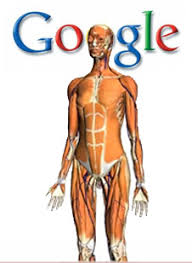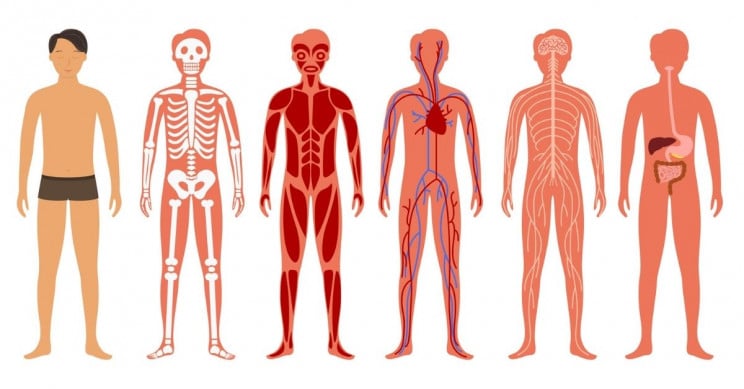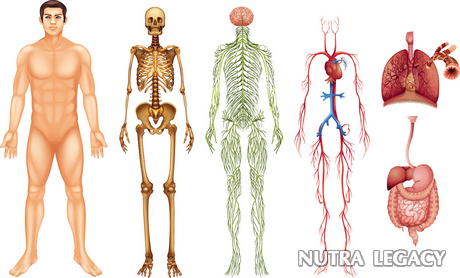Naked eyes cannot see the billions and trillions of cells that combined make our bodies. The science and biology together have advanced so much that we know a lot about how our body functions and about ways cells interact, but still, we can say that most of the details are unknown to us even with having these technological advancements in place.
In efforts to know more about human bodies, a group of scientists is going forward with creating a ‘Google Map of the Body, ‘ which will help us better understand the minute details and the way the cells are connected. It will enable anyone to look into a human body to as little as on the cellular level.
Jonathon Silverstein, from the Department of Biomedical Informatics, said, “Our current ways of overall mapping the human body is limited, and hence there is not enough data on how to address different diseases.” His statement indirectly emphasizes the mapping of the human body for making the future diagnosis and also the treatments a lot better.

An international group of medical scientists is working hard on developing this novel interactive cellular 3D map of the human body, which they have termed as “google maps for the body.”
The researchers are taking blood samples from different parts of the donor bodies, which are then connected digitally; this is leading their way in the creation of a 3D human body map.
While explaining further, Silverstein said, “I’ve done a lot of big projects in my career, but this is without a doubt the most exciting one because of the number of ways this is going to be applicable is just extraordinary. It will be a large, national resource for a long time comparing normal cells to different disease conditions will be very informative for developing strategies to treat a variety of diseases.”
The google map for the body is part of an effective program known as the Human BioMolecular Atlas Program. Its target is to ease the work for medical doctors by visualizing and understanding the human body to the smallest of the details possible.



